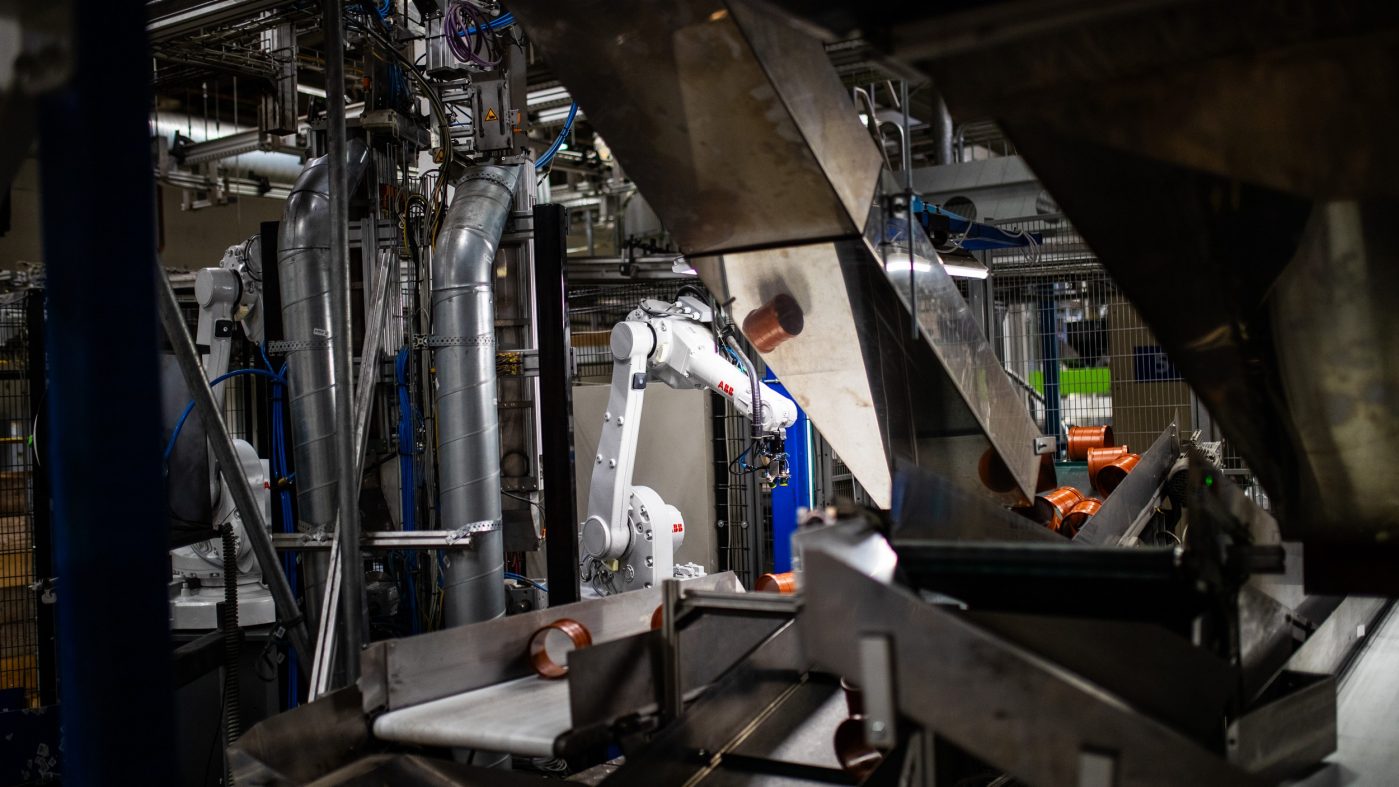 © wienerberger
© wienerberger
From Sensor to Decision: Industry 4.0 at wienerberger
How Industry 4.0 is making production at wienerberger more efficient, more reliable and more sustainable with automated data collection, digital twins and predictive analytics – and what that means for our customers.




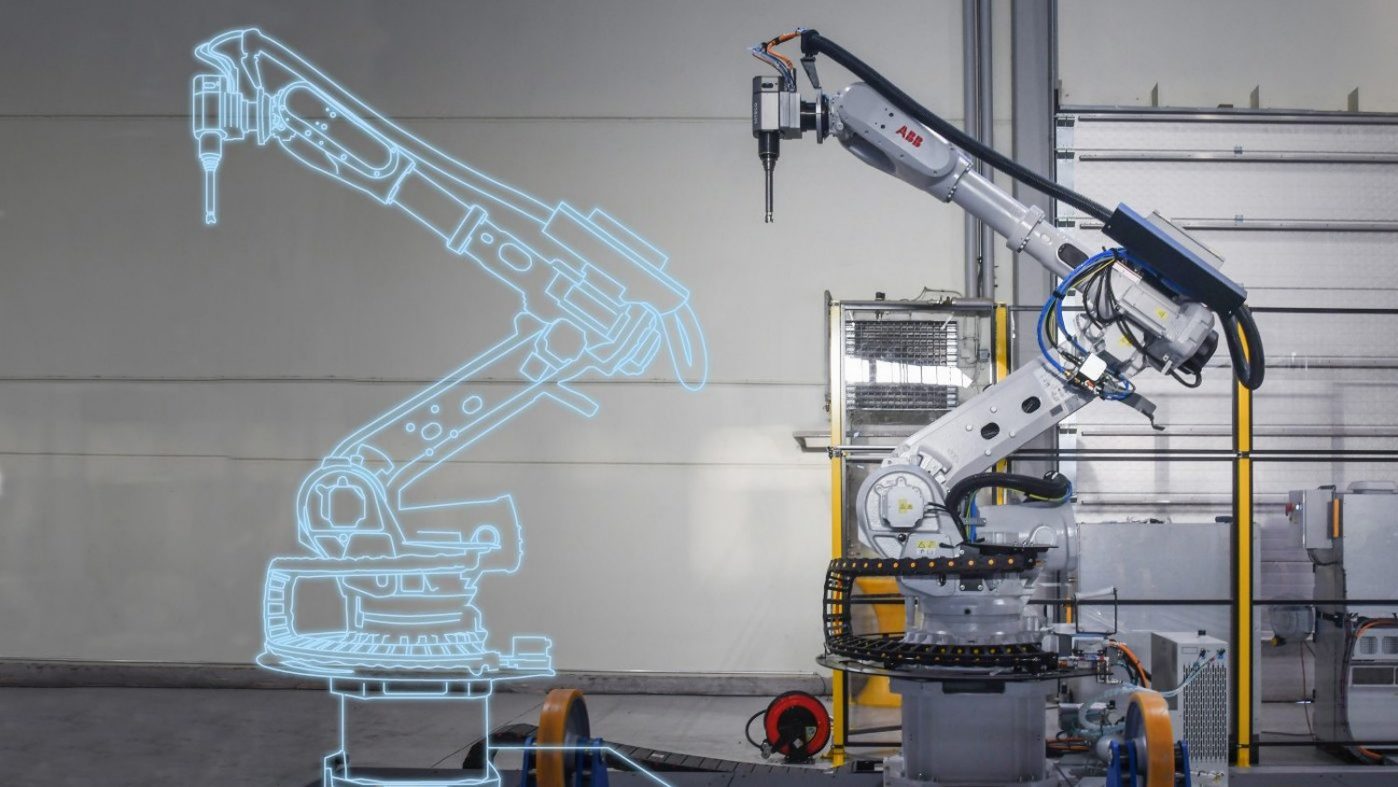 © Pipelife International
© Pipelife International
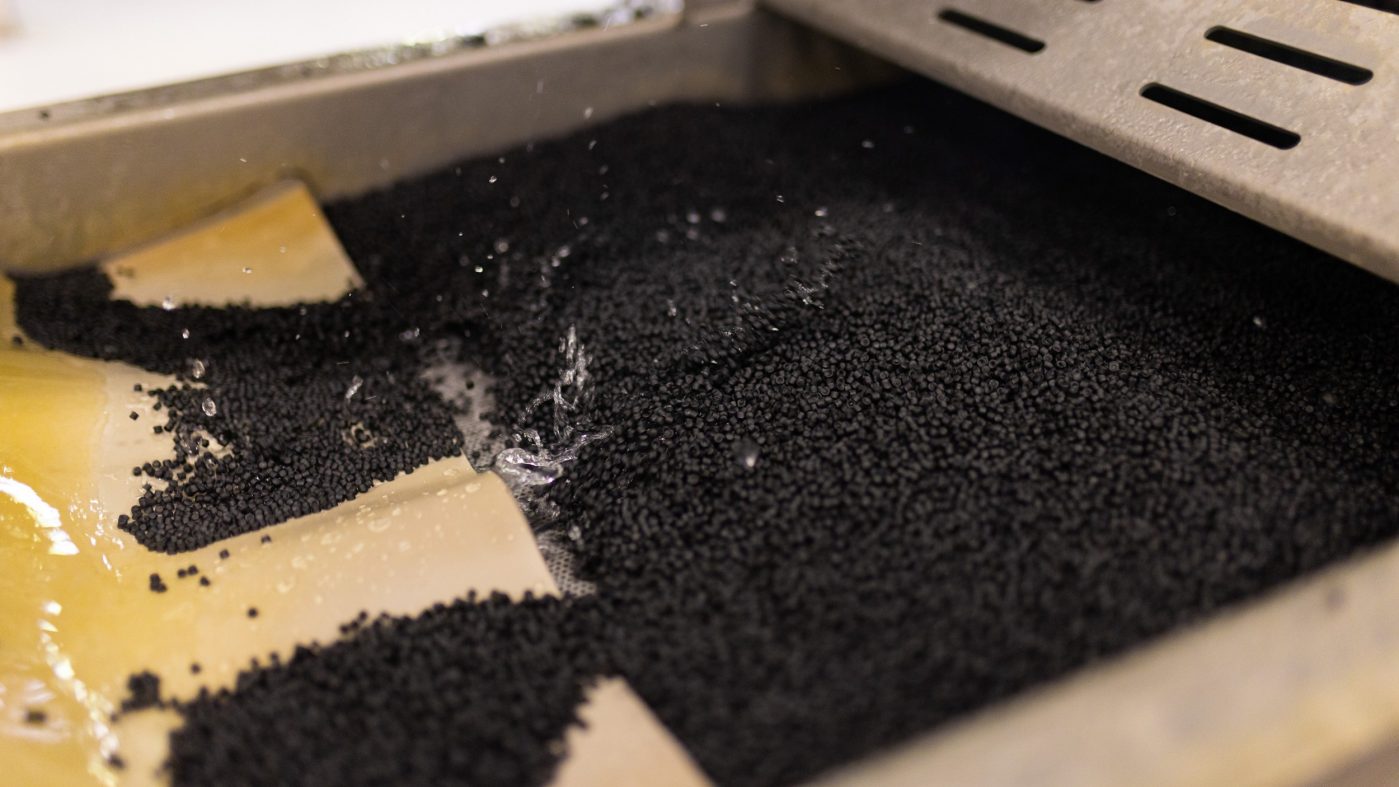 © wienerberger
© wienerberger
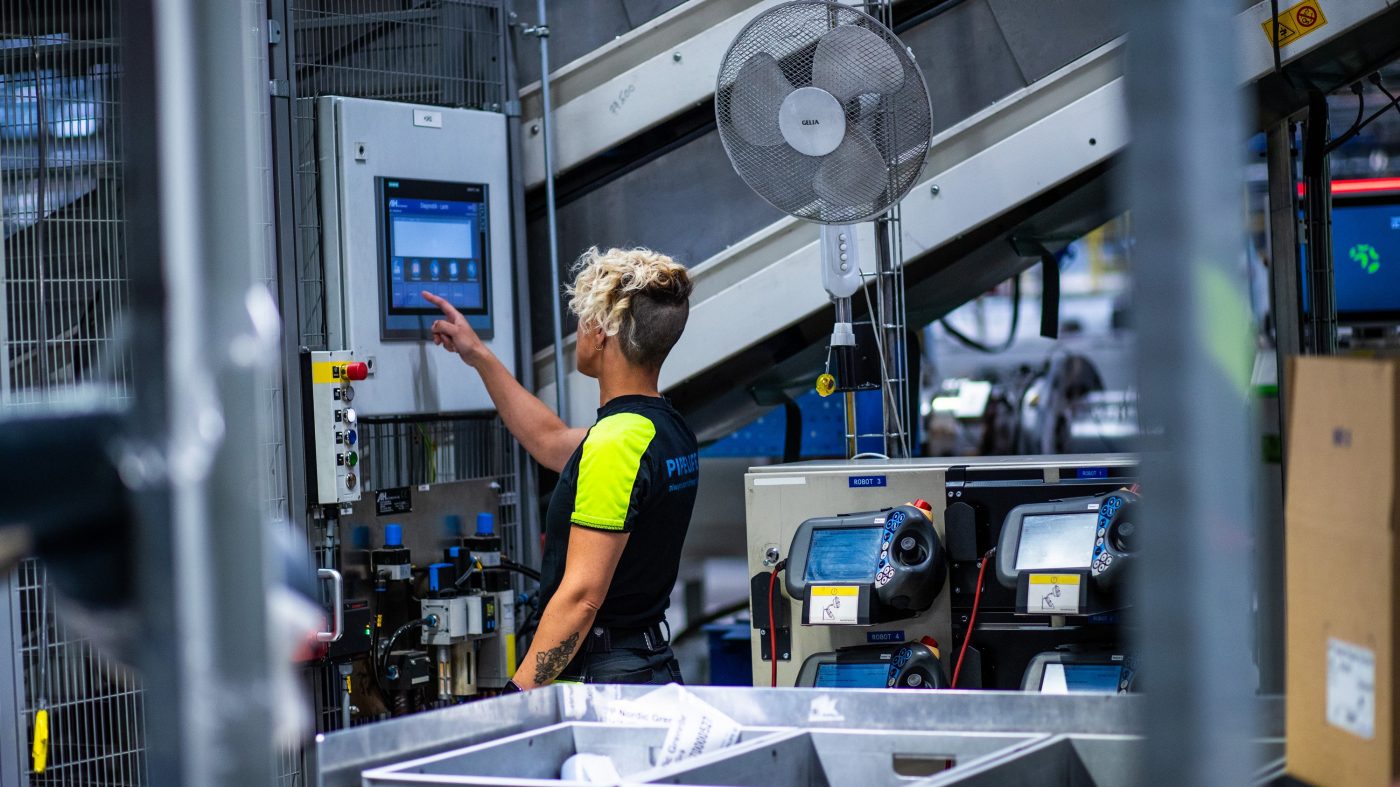 © wienerberger
© wienerberger

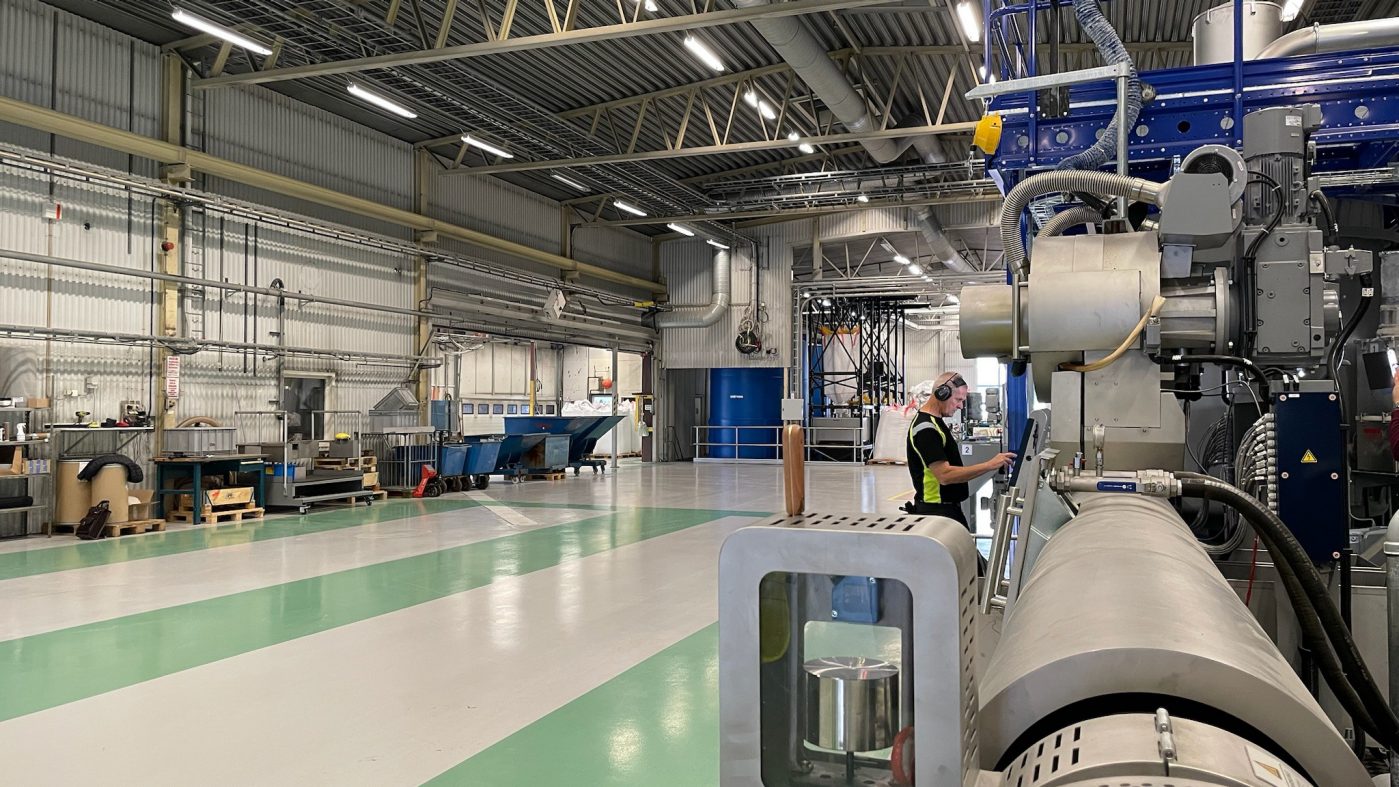 © wienerberger
© wienerberger
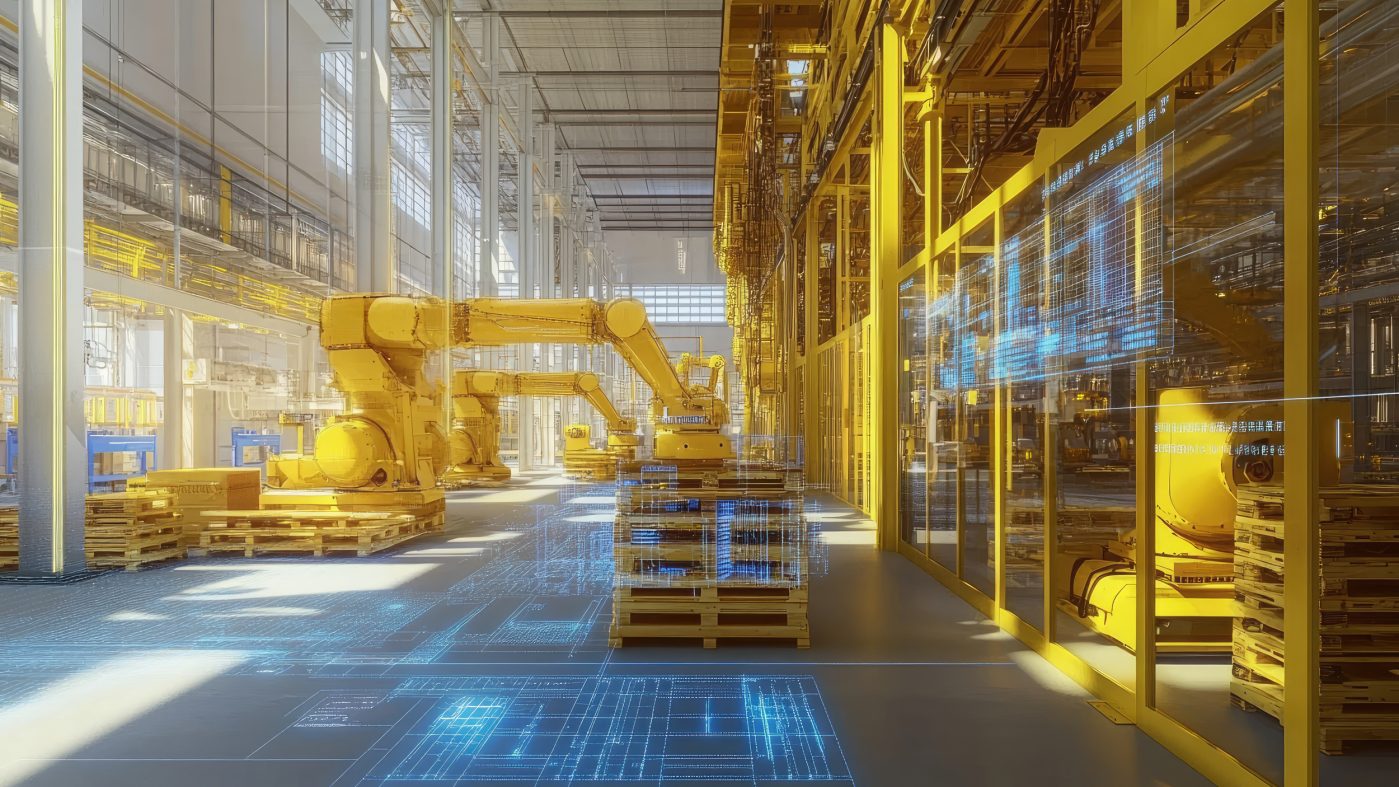 © tolem929/Adobe Stock
© tolem929/Adobe Stock